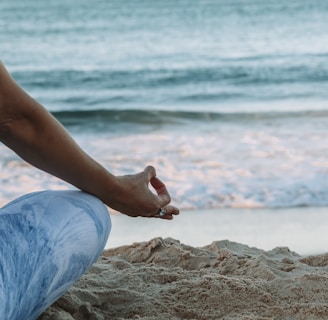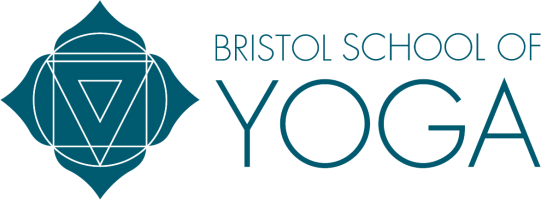

Book II Sutra 29: “The 8 limbs of Yoga are (…) 3. Asana (posture practice)”
Patanjali doesn’t talk much about specific Asanas or their execution (i.e.
alignment or anatomy) (Ref 1). Out of 195 Sutras only 4 mention the physical body practice (Ref 2). Some scholars suggest that developing oneself in each of the 8 limbs of Yoga is not sequential but rather growth can happen simultaneously in various limbs. For example, a person does not need to develop the first limb in order to progress to development of subsequent limbs. However, many people start their Yoga practice through Asana (Ref 3).
Book II Sutra 46: “Asana is a steady, comfortable posture”
Patanjali describes Asana as disciplined practice of steady, comfortable, meditative postures. Physical comfort is generally not easily obtained, because we get distracted by physical discomfort, pain etc. By practising Asana, we can become more comfortable in our bodies, which can also lead to calming of our mind - that’s why Hatha Yoga was developed (Ref 4). The aim of Asana is to find a balance between firmness and alertness (sthira) and softness and relaxation (sukham) - or 'effort without strain' (Ref 5). As teachers we need to understand that each body is different, and the experience of ease and pain will vary between people even in the same Asanas. Asana practice also helps to manually purify the body- if the body is healthy, the mind is more likely to be also and vice versa (Ref 4). The most important experience in Asana though is what is going on within our mind whilst we practice.
Book II Sutra 47: “By lessening the natural tendency for restlessness and by meditating on the infinite, posture is mastered”
By practising steadiness in Asana we are learning to do nothing- the opposite of natural tendency of restlessness. It allows us to practice discipline and concentration, which are necessary for meditation practice (Ref 6). If the body is still, it is easier to make the mind still (Ref 7).
Book II Sutra 48: “Thereafter, one is not disturbed by the dualities”
Paying attention to the now and our breath whilst we practice Asana helps us to notice, reduce and control our cravings and desires, giving us more choice of how we respond to them (Ref 7). We are then less likely to be affected by life’s dualities such as pain or pleasure, success or failure etc; we become neutral and detached, observant of rather than manipulated by internal or external experiences. This also refers to surrendering to the process of growth rather than focusing only on the end goals. The breath bridges the body and the mind- effortless Asana practice with attention to breath helps us to transcend the perceived divide between the body and mind, uniting them and uniting us with the universal consciousness (Ref 8).
Book II Sutra 49: “That firm posture being acquired, the movement of inhalation and exhalation should be controlled. This is pranayama.”
Reaching Samadhi cannot happen without incorporating the physical body and mind preparation through Asana practice (Ref 9). Each Asana has a different effect on prana (Ref 10). Through Asana practice the mind is prepared to go inwards, without being distracted. Once Asana becomes steady and easeful we can move on to more subtle pranayama practice.
References
1 https://weeklysutra.com/2015/10/15/sutra-ii-29-chapter-ii-sutra-29/
2 https://do-yoga.co.uk/2015/01/16/patanjalis-8-limbs-of-yoga-sutras-ii28-ii29/
3 http://scottteitsworth.tripod.com/id98.html
4 https://weeklysutra.com/2016/07/07/sutra-ii-46-chapter-ii-sutra-46/
5 http://authenticselfyoga.blogspot.com/2010/02/yoga-sutras-of-patanjali-ii46-sthira.html
6 https://yogastudies.org/sutra/yoga-sutra-chapter-2-verse-47/
7 https://weeklysutra.com/2016/07/14/sutra-ii-47-chapter-ii-sutra-47/
8 https://weeklysutra.com/2016/07/28/sutra-ii-48-chapter-ii-sutra-48/
9 https://weeklysutra.com/2016/09/08/sutra-ii-49-chapter-ii-sutra-49/
10 https://yogastudies.org/sutra/yoga-sutra-chapter-2-verse-49/

















